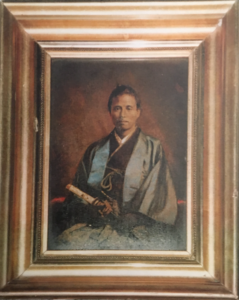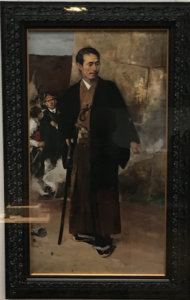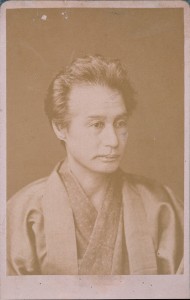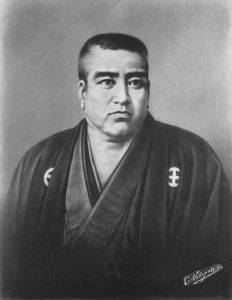The Assassination of Ii Naosuké and the Onset of the “Samurai Revolution”
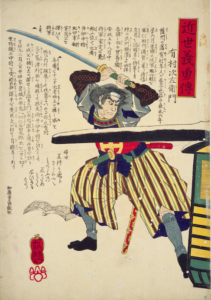
The assassination of Ii Naosuké, regent to the boy-shogun Tokugawa Iémochi, in the spring of 1860, launched the “samurai revolution” that would bring about the Meiji Restoration nearly eight years later. Ii’s assassination is the subject of Part I of my three-part Samurai Assassins, which I wrote as a companion volume to Samurai Revolution. The assassination was the work of a band of eighteen samurai, including Arimura Jizaemon of Satsuma. Arimura is depicted on the cover of Samurai Assassins.
[This image of Arimura Jizaemon beheading Ii Naosuké is part of a series entitled Kinseigiyuden (“Biographies of Loyal and Courageous Men”) by Ichieisai Yoshitsuya (1822 – 1866), originally published in a magazine called “Nishikié.”]


